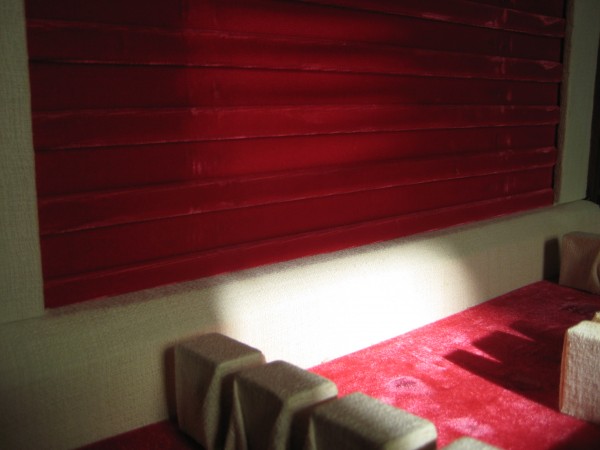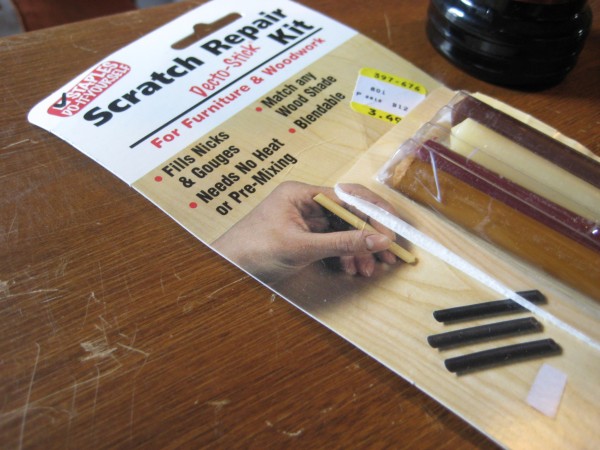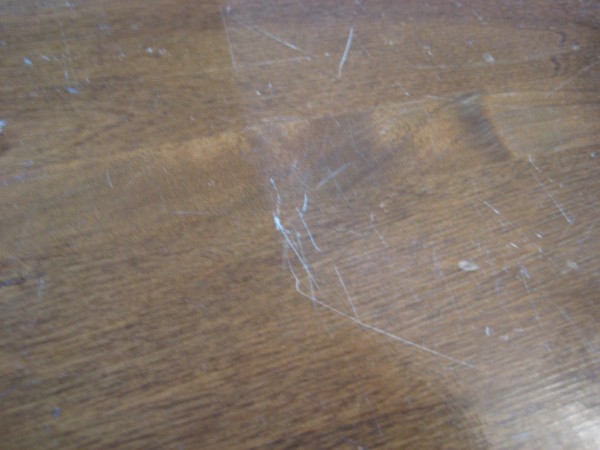Goodwill. Flea markets. Yard sales. Dollar-A-Pound. Clothing swaps.
Jack has never been a big fan of the time and tedium involved in sifting through others’ discards in search of treasure; I grew up on it. Jack, however, is far and away the better bargainer between us. And so, a dynamic duo is born.
To be fair, Goodwill-hunting (ha!) in the city tends to be an underwhelming experience. Urban Goodwills (and Salvation Armies, and yard sales) are too quickly picked over, or perhaps the plethora of consignment options available to city-dwellers means the good stuff seldom makes it to the donation bags at all. Bargain hunting here requires patience, persistence, a finely-tuned sense of what to look for in a quick glance through rack, some creativity and rehab knowhow and a bit more patience.
Nonetheless, since furnishing two-thirds (or more) of our current Roxbury digs between Boomerangs, Craigslist and moving-day discards, we’ve honed our skills as a pair. And yet, when Jack suggested a trip to his hometown flea market last month, I was surprised.
Lo, we struck gold!
We’ve long been on the hunt for a better storage system for the accessories and jewelry we wear most often – Jack’s watches and cuff links, my pearls and bangles, etc. The previous “system” involved me rooting around in a box on a bookshelf, trying frantically to untangle a matching pair of earrings as we rush out the door. Not ideal.
We spotted this old silver chest, featuring the clean, mid-century lines that we love, and bargained the price down to just above a song. Though we may eventually get around to making some organizational additions to keep things neat, more immediate attention was required by the scratches covering the finish.
We’ve handled scratched-furniture rehab previously on our sideboard, but Jack wanted to try this “Decto-Stick” scratch repair kit before utilizing our go-to solution.
Do not be fooled into purchasing Decto-Sticks. They do not work, not one bit. We even tried them on other furniture, just to see if we could make it work somehow. Verdict: no.
Enter: The Go-To.
I first came across Old English scratch cover at my office. The firm’s old, wooden desks are beautiful pieces of furniture, but refinishing them is far from inexpensive. Over time, a full rehab can’t be avoided, but often a quick coat of this stuff does the trick and gets a few more years out of the finish.
When we acquired (read: discovered on the curb) our sideboard, I brought the bottle from my desk home to test out, and the results were even more stunning than I had experienced on the office furniture. We now keep a bottle at home for touch-ups around the house, and it was this bottle I pulled out when the Decto-Sticks failed us.
All it takes is a paper towel (or a dish towel, but know that it will stain, and pick one that’s lint-free) and a few drops of scratch cover. Test a small section first, to be sure the color is an appropriate match for the finish; I have always had good luck with the dark wood cover, even on medium shades like this chest.
The scratch cover dries quickly, gives the wood a slight, polished glow, masks small surface scuffs completely and significantly reduces the visibility of larger gouges. Before and after, below.
The moral of the story? Don’t be afraid of furniture in need of a little TLC. With a little patience and the right tricks up your sleeve, almost any piece with good bones (and especially those that are solid wood) can be revived to be perfectly presentable and lovely, and will last much longer than that Ikea dresser you assembled over a few cocktails with friends.
Also, don’t be fooled by the Decto-Sticks. Old English scratch cover all the way.








Fantastic! While I’m not sure you grew up “sifting through other people’s discards”, you were always a very patient bargain hunter. A silver chest is a great idea, and it looks much better now. Nice job.